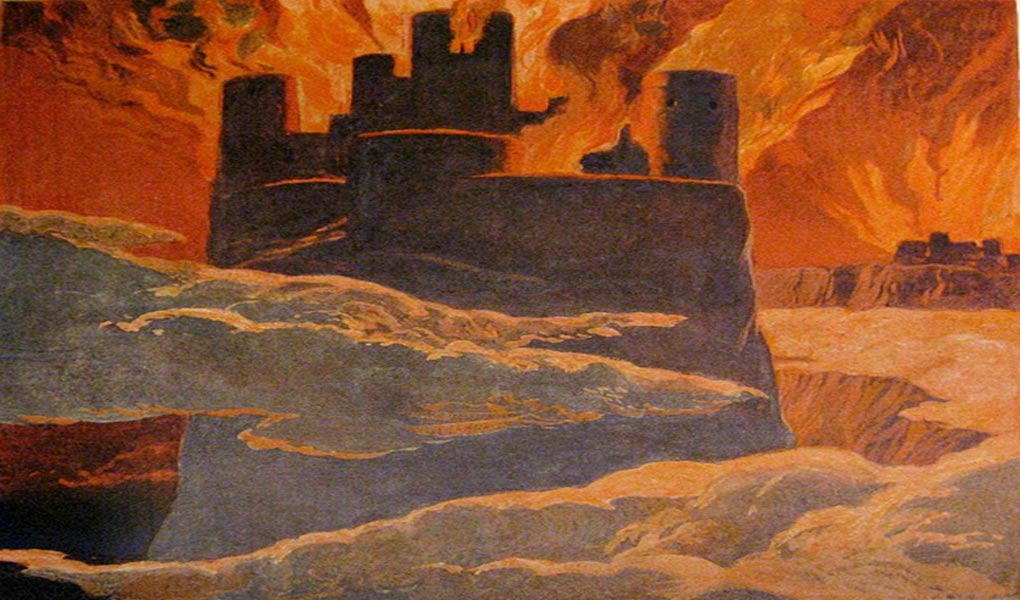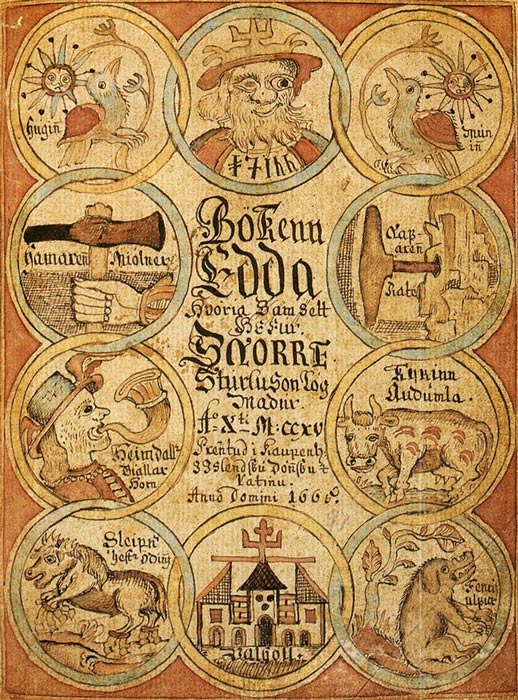
Twilight of the Gods: Norse Creation Myths and the Birth of Monsters and Man
The northern countries that make up Scandinavia, Sweden, Iceland, Finland, Denmark and Norway are home to the Norse mythologies; stories that truly reflect the harsh conditions of this part of the world; A dark, ice-gripped universe in which giants and gods wage war against each other in an ongoing cosmic battle that will only cease with the end of the world, the Day of Ragnarok.
Like the Hindu cosmogony, the Norse creation story is a cyclical one, and after the conflagration of the Day of Ragnarok the cycle will begin again.

Intricate Viking woodwork (Flickr/CC BY-ND 2.0)
The Eddas and Snorri
Our main sources of Norse mythology are two books known as the Eddas, the Poetic Edda and the Prose Edda. Compiled by an unknown author somewhere towards the end of the thirteenth century CE, the Poetic or Elder Edda consists of two parts: the first is made up of the mythological poems, while the second part contains the heroic stories or lays.

Title page of an 18th century manuscript of the Prose Edda, showing Odin, Heimdallr, Sleipnir and other figures from Norse mythology. (Public Domain)
The Prose or Younger Edda was written around 1220 CE by the Icelandic poet and chieftain, Snorri Sturluson. Sturluson was also an historian and an accomplished politician, having twice held the position of ‘lawspeaker’ in the Icelandic parliament, The Althing. He died in 1241 CE at the hand of an assassin, on the orders of King Haakon IV of Norway, after defying him one time too many. Snorri's fate has often been compared to that of the Roman philosopher and politician Cicero, who was executed after being declared an enemy of the state of Rome.

Statue depicting Snorri Sturluson. By Gustav Vigeland at Reykholt, Iceland. (CC BY-ND 2.0)





